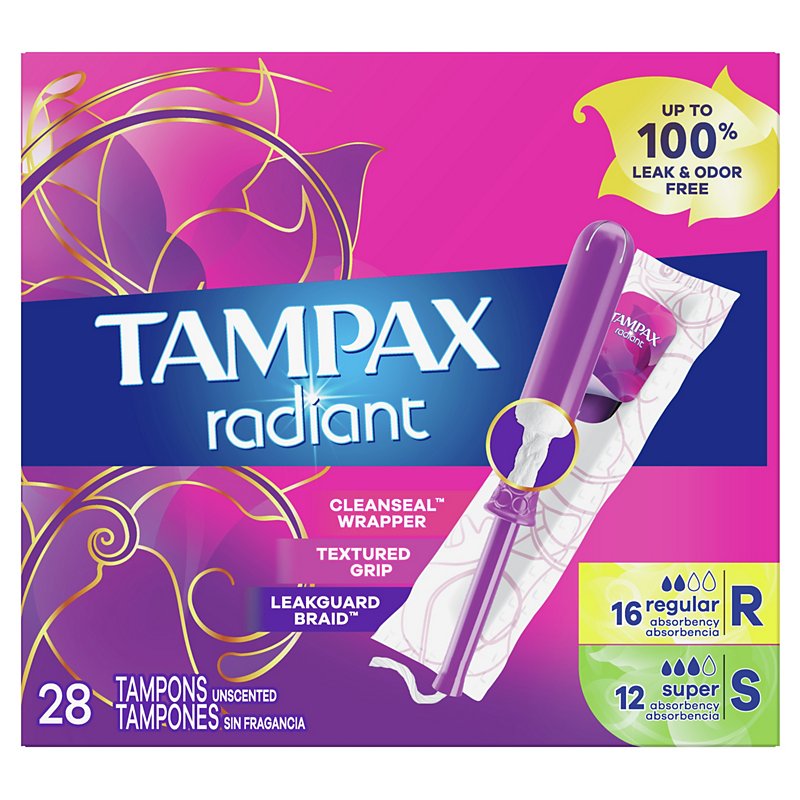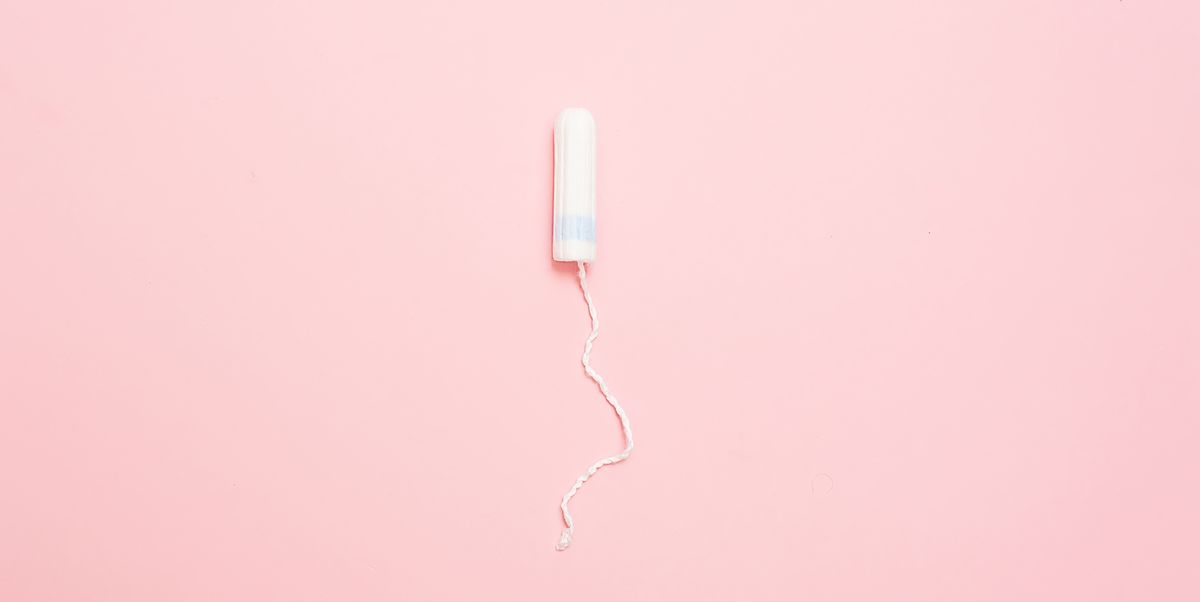The Ultimate Guide To Natural 100% Organic Cotton Tampons - Blume
All about Viv Tampons
Tampons not just soak up menstrual blood, but also vaginal fluids. The vaginal fluids soaked up in the tampons would likewise consist of the malignant DNA, and possibly include precancerous material, permitting earlier detection of endometrial cancer. Medical trials are presently being carried out to assess the usage of tampons as a screening approach for early detection of endometrial cancer.
Suitable disposal of utilized tampons is still lacking in many countries. Because the absence of menstrual management practices in some nations, numerous sanitary pads or other menstrual items will be disposed into domestic strong wastes or trash bins that eventually enters into a solid wastes. The issue that underlies the governance or implementation of menstrual waste management is how nation categorizes menstrual waste.
Ecological effect differs according to disposal approach (whether a tampon is flushed down the toilet or put in a trash bin - the latter is the advised option). Aspects such as tampon structure will also impact sewage treatment plants or waste processing. Flo Tampons of tampons in menstruation may add up to around 11,400 tampons in someone's life time (if they use just tampons rather than other products).

Aside from the cotton, rayon and fiber finishes, these products are not biodegradable. Organic cotton tampons are eco-friendly, but must be composted to guarantee they break down in an affordable amount of time. Rayon was found to be more biodegradable than cotton. Eco-friendly options to using tampons are the menstrual cup, recyclable sanitary napkins, menstrual sponges, multiple-use tampons, and reusable absorbent underclothing.

The Menstrual cups vs tampons – here's how they compare - The Ideas

They found that the primary environmental effect of the items was in reality triggered by the processing of raw products, especially LDPE (low density polyethylene) or the plastics used in the support of pads and tampon applicators, and cellulose production. As production of these plastics requires a lot of energy and creates long-lasting waste, the main effect from the life cycle of these items is fossil fuel use, though the waste produced is considerable in its own right.
UNDER MAINTENANCE